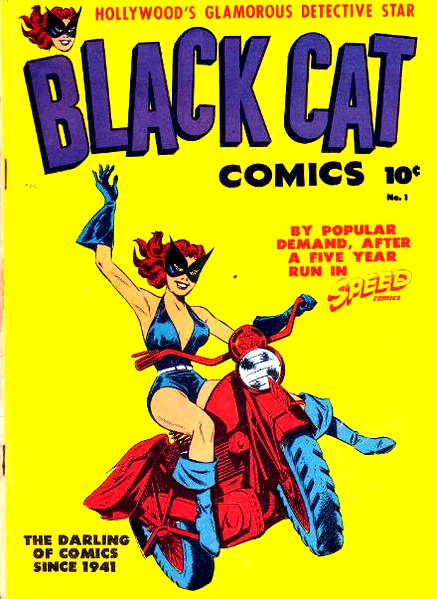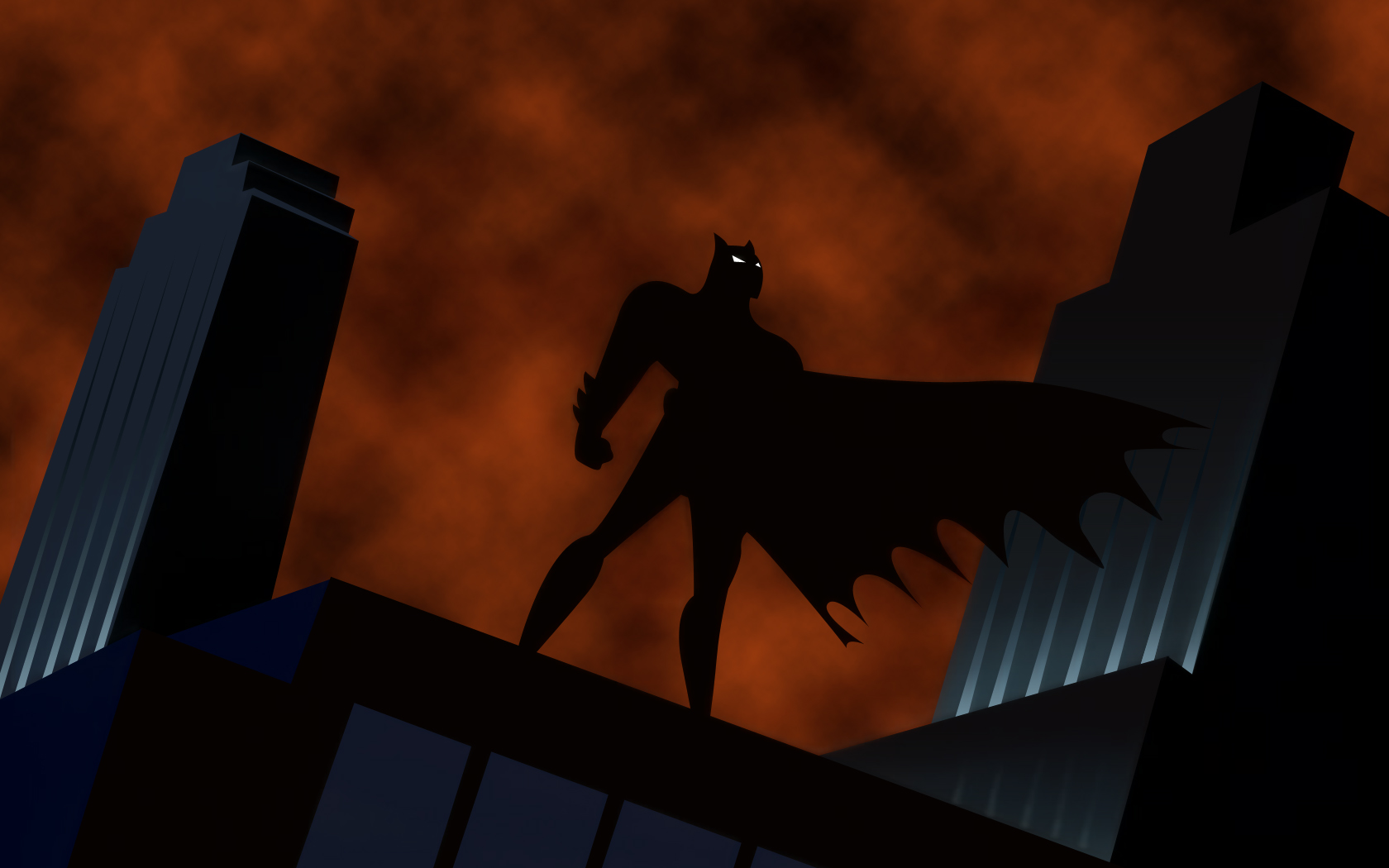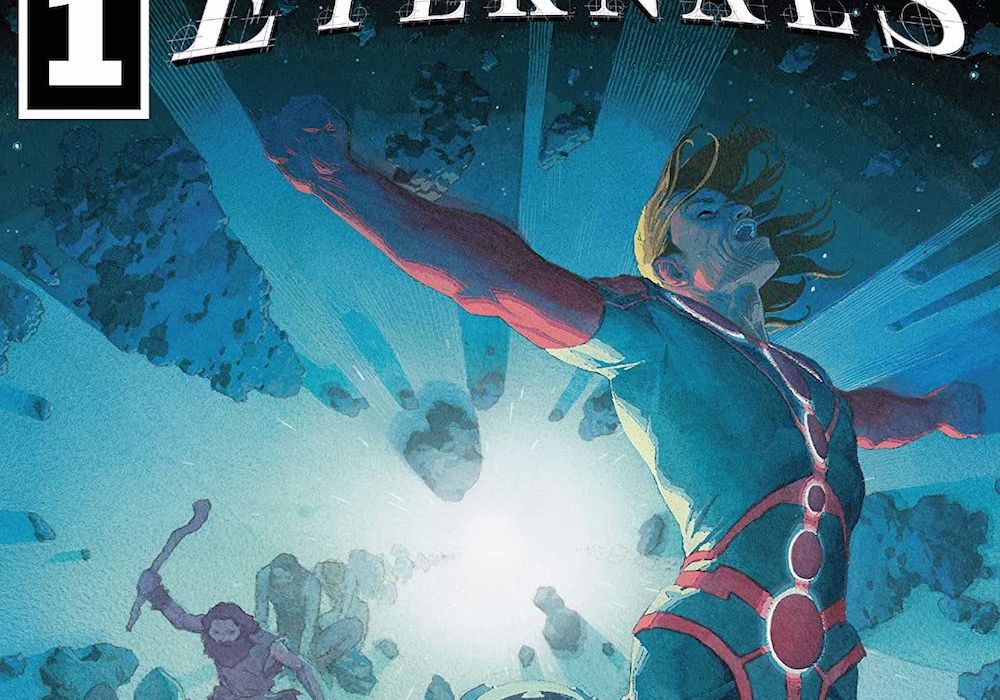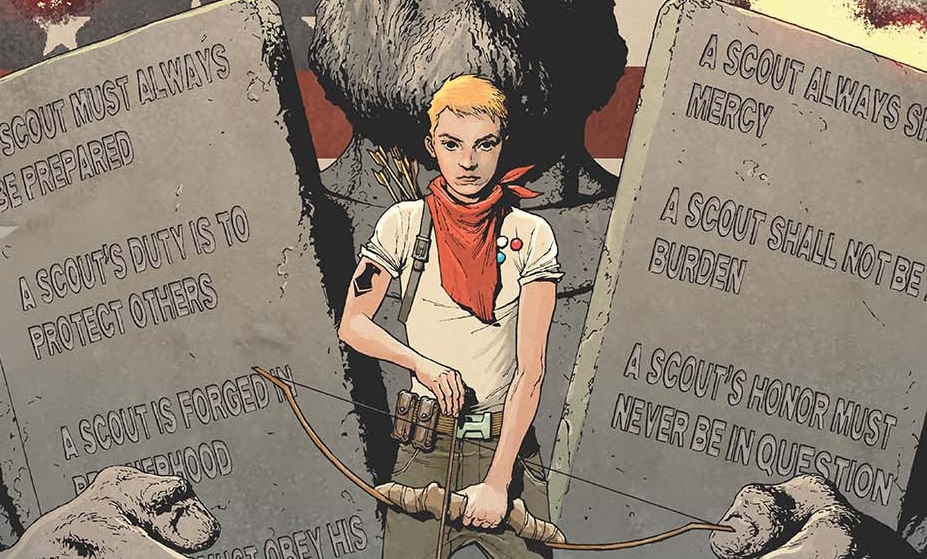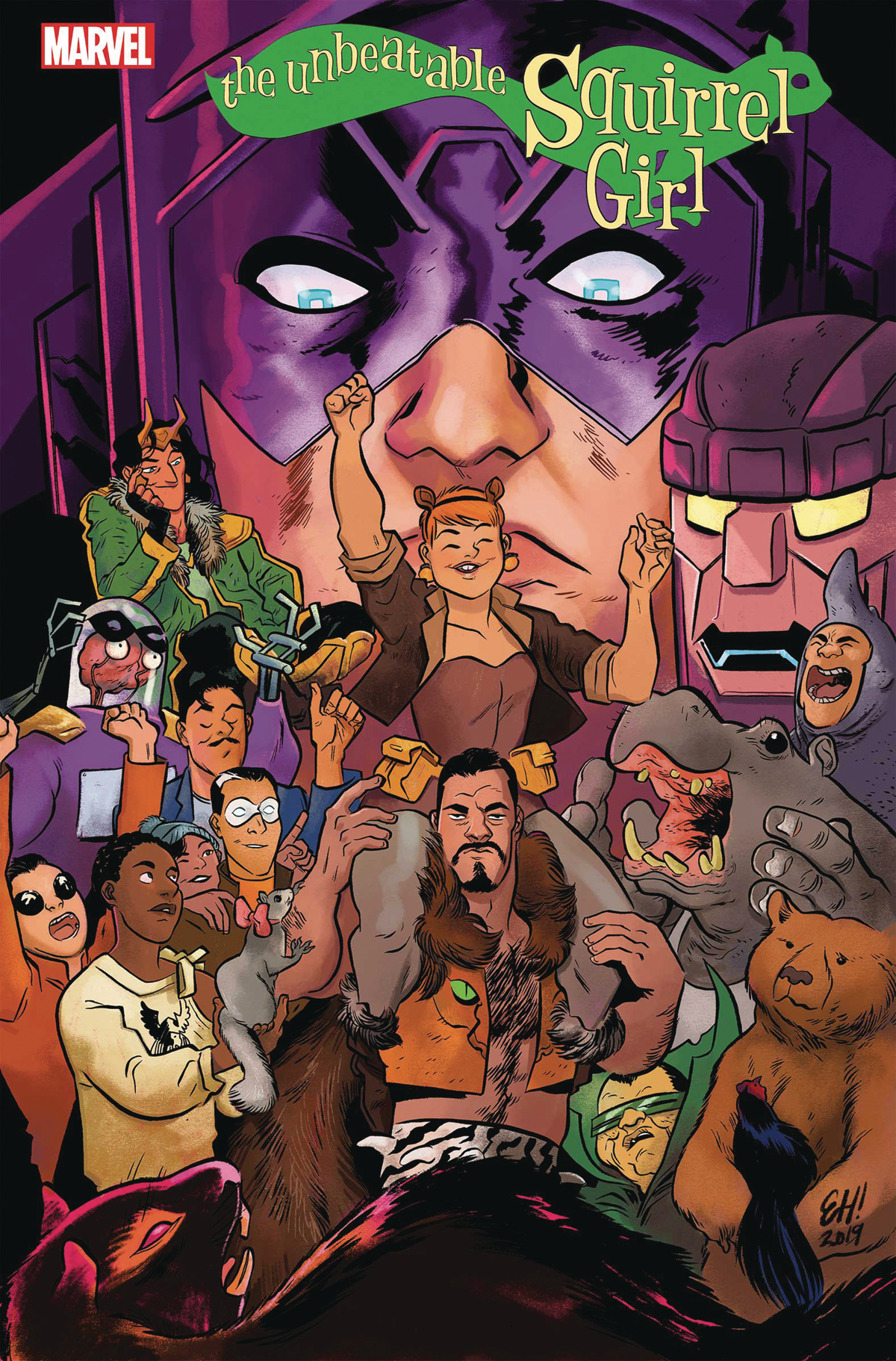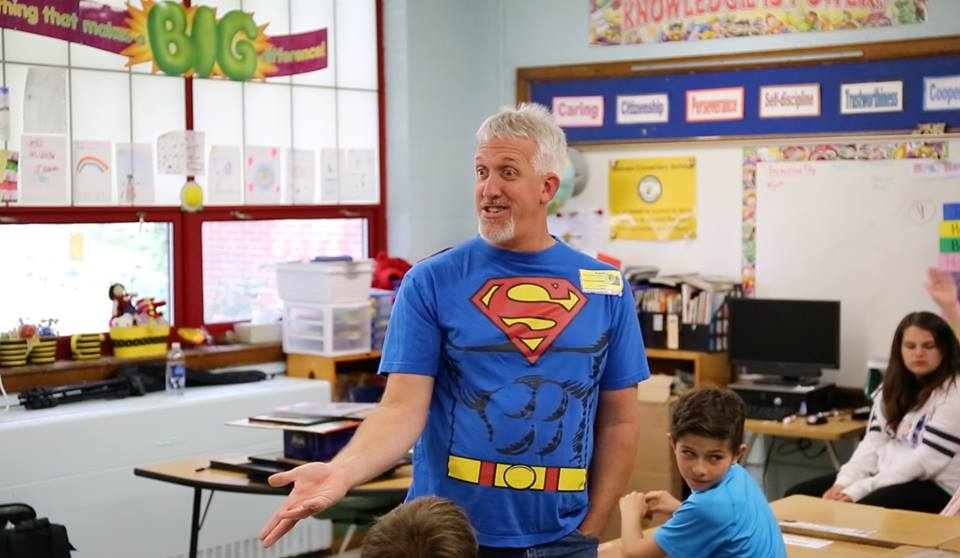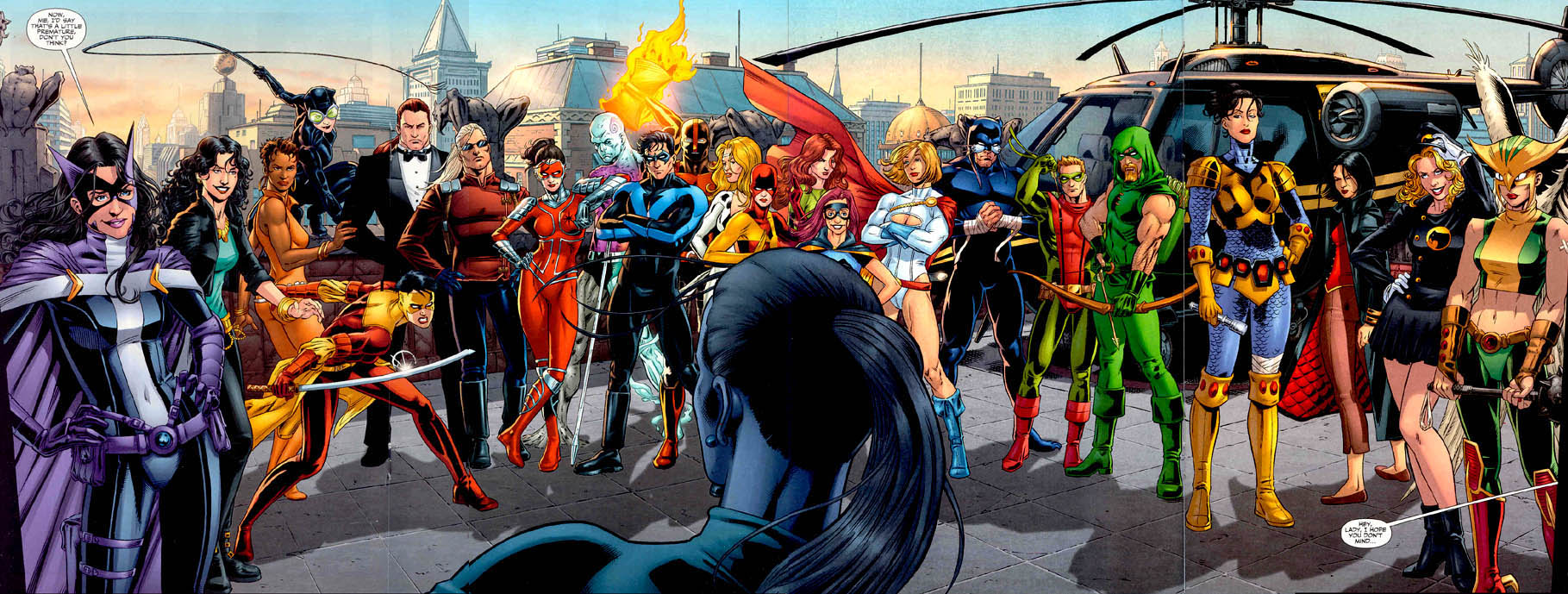A Women in Comics Week column by Talisha Harrison aka Tali Adina
In honor of it being Women in Comics Week, I wanted to interview some of the ladies in the industry. I asked each of them about how they got into comics, the projects that they’re working on, their thoughts on women in comics, and much more. Next up is my interview with writer and artist NAAN creator of the webcomic Legendary Beings Ara & Celi.

NAAN: What got me into comics was actually a “who”: my mother. She bought Harvey comics (Casper, Wendy The Good Little Witch, Baby Huey) as well as Disney comics for me when I was a toddler. Later on, I “graduated” to Archie comics, Sonic comics, and manga. My very first manga was Bishoujo Senshi Sailor Moon/Pretty Soldier Sailor Moon. 🙂 Most of my first manga were imported manga of series that weren’t translated yet, and manga that was already translated such as Caravan Kidd, Tenchi Muyo! and Urusei Yatsura or Lum: Urusei Yatsura as it was called back then by VIZ Comics.
My reading manga came about because I was a big fan of the Mighty Morphin’ Power Rangers and my mother was looking for comics related to them. At that time there didn’t seem to be any comics about them (they were published later) but David, the owner of the local comic shop David Comics Clan, told my mother about the Sentai TV shows on which Power Rangers was based. So she bought the magazine Sentai: the Journal of Asian S/F and Fantasy published by Antartic Press, and eventually moved on to manga as well as magazines like Protoculture Addicts and Animerica. Ninety-five percent of my reading material was acquired through David’s store for many years until I moved to the US.
What inspired you to become a writer and artist and when did you begin to write and draw?
NAAN: Ever since I could remember, I always liked to draw. My father always bought me drawing paper, crayons, etc. When I was a kid, I “produced” my own fashion fanzines – I basically took my favorite characters and dress them up in any clothes I’d find pretty or interesting. They even cosplayed as each other before I even knew what cosplay was! All on lined paper, blank copy paper and/or colored paper. But almost no men. I was always embarrassed to draw men for some reason. I’ve had to force myself to go past that fear and draw men. After I began to read manga, I started to be influenced by it and drew in that style.
In 2000 or 2001 at David’s store I saw that he had a comic that someone self-published and had asked David to sell. I remember just standing there amazed and then asking my mother to buy a copy. I read it all throughout the day, even though it had 15 pages (I think) — plus a review of an anime and the lyrics to the opening of Sailor Moon Sailor Stars. The story featured angels, which was a topic I always liked, as evidenced by my webcomic. Seeing that someone just unabashedly and passionately self-published their work for all to see, it just awoke something in me. “Ah, I can make something like this too.” And that’s when I decided to become a writer as well.
What advice can you give aspiring writers and artists?
NAAN: I am more of an artist than a writer so I will speak more from that aspect. One of my pet peeves is seeing people demean anime/manga-influenced art simply because of the “crutches” and “limitations” that it tends to produce. I’ve seen artists who are ashamed of even having drawn a single piece of such art in the past, instead preferring to produce “proper” art. If an aspiring artist sees those kinds of comments and they happen to draw anime/manga-influenced art, they will feel so bad and ashamed that they’ll stop producing in what they like to draw. To these aspiring artists I say: ignore those people! Anime/manga-influenced art is NOT a bad thing; what is bad is not having a balance of important factors such as basic anatomical knowledge or perspective and gravity. Taking into consideration these factors is what makes the difference. Any kind of art influence –whether from bandes dessinées, indie comics, etc— helps you in developing your style, and getting to that sweet goal of your own style. Granted, it can get extremely frustrating when people lump you in with those who clearly draw in your same art preference and yet will not take it seriously or will draw in that style because it’s what’s “popular.” I’m not kidding — I’ve seen the latter in real life at a con once. I felt so bad for everyone. So with that kind of situation in mind I can understand the snobbery, but not so much that you have to make other people feel bad for drawing in that way – especially for those of us who’ve grown up drawing that way. This advice can apply for those who don’t draw in an anime/manga-influenced style – if you like to draw in a hyperrrealistic cartoony style, go for it!
The same goes for writers: if you’re writing a story that involves a unicorn vampire who is a detective but people tell you that it’s a horrible idea…well, what makes them so sure it’s a bad idea? Sure, maybe they wouldn’t like it but what if others do? That’s an important factor. This is why reading classic novels for school or enjoyment sometimes is a good idea, because you can dissect their work and see what it was about them that made them classics. Even if you don’t end up enjoying the novel.
Be open-minded. Remember that not everyone likes the same things you do or even like them in the same way you do (I’m pretty sure I’m the only one who thinks True Blood is a great comedy show, for example.) Be open-minded about different styles, because even if it’s not your personal taste, there’s something about it that you could like.
Lastly, this paraphrased quote from Osamu Tezuka should help you:
“To draw comics, don’t learn from other comics. Watch the best movies, listen to the best music, see the best plays [and] read the best books. Then create your own world.”
(source for this quote is here)
What are your goals for Legendary Beings Ara & Celi?
NAAN: To get to chapter 3! Truthfully, that’s one of the goals. I have to make up for all the hiatuses I’ve had. I’d also like to be able to afford an official site for it one day, and thus commence paying for ads on other sites to promote the webcomic. Ultimately the goal is to see it printed.
For the WOMANTHOLOGY: HEROIC, you contributed to the book as a writer and an artist. Can you describe your experience?
NAAN: It was a rewarding experience! It was the first time I “worked” as a professional: writing, editing and drawing under an editor, Mariah Huehner, and being published by a company. I also had the honor of having my contribution colored by a professional colorist, Nei Ruffino.
The anthology has helped in exposing my art to a wider audience. I was born and raised in Puerto Rico but I moved to Iowa a few years ago. I’ve been contacted by people who bought the book – they’ve told me how happy they were to see someone who lives in Iowa published in the anthology.
Are there any other projects that you’re working on?
NAAN: Oh dear, what am I not working on? Currently I am working on a mini-comic related to Ara & Celi. It features a band that one of the main characters likes and it is based on one of their songs. It’s a bit of an experimental comic for me, so I hope that it turns out well and everyone will be able to read it. I’m also working on a graphic novel that would be considered “soft” sci-fi. I originally had started to work on it as a webcomic alongside Legendary Beings Ara & Celi. But due to little free time I had while studying in college, I decided to eschew updating it. In my opinion the graphic novel would have worked better as a full product either way so hopefully one day I can show it.
In your opinion, what things have changed for the better in comics for women? And what things still need to be worked on and what can be done about them?
NAAN: In regards to what things have changed for the better, I think availability to comics and resources is a big one. Female creators have benefited from the Internet. Those who wouldn’t have been accepted by companies (for any reason) can now show their work online. Still, that doesn’t mean that women will be taken seriously half of the time nowadays. I find it interesting how we’re in the 21st century and yet, there are creators and readers who, for example, would prefer to ask a male helper or relative of the female creator if they are the ones who did the comic. That has not happened to me yet, thankfully, but it’s a frequent situation at conventions. I wonder if chauvinist ideals are indeed instilled so strongly that we will never be rid of them.
One of the things that still need to be improved is the fact that the majority of available comic book work is either in California or New York (but mainly in the former). Not many people are able to move to California, much less live in such an expensive state – others would say that you should make sacrifices but explain that to the people who have to budget for everything in their lives because of the current economic situation. Not everyone is so lucky as to afford such risks or would prefer to live where they are now. We have to be able to diversify the field in other states, and nurture the talent that’s in those states already instead of bringing more to the Californian or New Yorker pool. We have to bring some of the load to other places.
How can those of us who love comics encourage young girls and older ladies who want to draw, write, or just be involved in comics?
NAAN: I hope I answer appropriately because this is a really hard question. It looks easy to answer but it’s not because it really depends on the kind of people girls and ladies are surrounded with. If they are lucky enough to be surrounded with open-minded people and fellow comic lovers, it’ll be easy enough to encourage them to contribute in any way to the field. Geek parents are already starting to do so. They’re doing it via showing their children their old comics, buying them new comics and/or buying them lots of paper for drawing and writing. I would think it’s easier for older ladies to contribute than young girls, because they’ve lived their life and don’t necessarily have to worry about what other people think of them. They have already developed their own mind and thoughts. However they could also be equally stubborn and express disdain towards comics just as they most likely did in their youth. But if we can tell anyone of the female variety that there are comics with topics that they might be interested in, that will most certainly open their eyes at least and perhaps entice them to check it out. That’s how you have people who never read comics and yet are fans of classic comics as Sandman and Watchmen. That’s how I did it for one of my female club classmates back in high school, getting them interested in Ex Machina and Justice League International.
As I had mentioned, it also helps to be with open-minded people. In my case, my mother did not mind my continuing torrid affair with comics, both as a reader and as a creator. Granted, 1) she is a bit of a geek herself, especially of British TV shows, detective stories and a couple of classics such as Star Wars, Ultraman and the Mexican wrestler movies with El Santo and Blue Demon (if you would like to know, her fave wrestler is Mil Mascaras, “A Thousand Masks” 😉 ) So that was a bit of an advantage; 2) She also instilled in me a sense of “Plan B” – in case comics don’t work out, at least find another area you love which in my case is languages and linguistics. She was barely surprised when I decided to create stories.
BUT not everyone is lucky enough to find another area in which they excel or even HAVE a mother like mine. I should know, my mother tells me stories constantly of how teachers and other mothers at my first school would tell her that I would “gradually” grow out of loving manga and those “Chinese cartoons”. This is interesting in hindsight because I can imagine what those teachers thought when I graduated still being interested in it! Among other things, I was bullied because of my love for anime and manga, and for preferring to be into geeky things instead of soap operas, parties, make-up, etc. This kind of situation would have played out totally different depending on the kind of people other girls are surrounded with: if they had a mother who was not necessarily a geek but would much rather have their child be happy, they probably wouldn’t mind. They wouldn’t understand some things but they wouldn’t mind and try to defend their child’s likes and tell their child to be proud of what they like. If they had a mother who was not a geek and not very open-minded, they would have further traumatized their child by telling them to stop indulging in “child’s play.” And knowing the kind of classmates I was surrounded with at one point, I’m pretty sure the child’s self-esteem and worth would have been absolutely shattered if they had those classmates!
Who is one woman in comics that you admire?
NAAN: Grace Drayton, also known as G.G. Drayton, Grace Gebbie and Grace Wiederseim. She’s most famously known as the artist and creator of the Campbell Kids. I really like her cute and chubby style, and I love how expressive her characters are. She kept her style consistent throughout her life. Not to say that she couldn’t draw in any other style – she could! But even when she wasn’t getting much work in her last years of life, she kept at it and she still drew in her famous style. She collaborated frequently with her sister Margaret Hays too.

